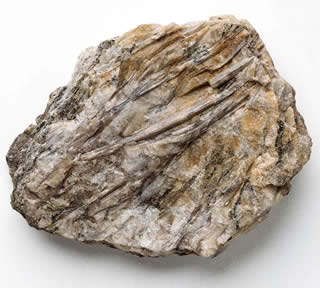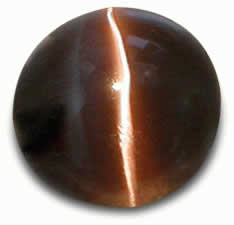Your Details
Your Details
|
Reviewed By Andreas Zabczyk
Sillimanite Gemstones
Sillimanite Crystal
Sillimanite is a type of aluminum silicate that is related to both andalusite and kyanite. In fact, these three minerals are polymorphs - they share the same chemical composition but have different crystal structures. Kyanite is formed in a lower temperature and higher pressure environment, while andalusite forms at lower temperature and lower pressure conditions. Sillimanite forms at higher temperatures and higher pressures. Sillimanite is named after the American chemist, Benjamin Silliman (1779-1864). Silliman was one of the first American professors of science and taught at Yale University. He was originally trained as a lawyer and taught law at Yale. The president of the university proposed that Silliman study chemistry and natural history, and then assume a new professorship in the sciences at Yale. Silliman thus became an important chemist and geologist and discovered the constituent elements of many minerals. He was also the very first person to distill petroleum. 
Sillimanite Cat's Eye
Sillimanite has a hardness of 6.5 to 7.5 on the Mohs scale and a vitreous to silky luster. It has a refractive index of 1.655 to 1.684; approximately the same as that of spodumene. Its specific gravity is 3.23 to 3.27, placing it between apatite and diopside on the density scale. Like diamond, topaz and fluorite, sillimanite has perfect cleavage. Sillimanite occurs in a number of colors, ranging from colorless to gray-white, yellowish, brownish and bluish. Sillimanite is rarely transparent. Sillimanite also occurs in a fibrous form sometimes known as fibrolite, so named because the mineral appears like a bunch of fibres twisted together. Some of this fibrous sillimanite displays chatoyancy (the cat's eye effect), often in an attractive violet-brown shade. Throughout history, sillimanite has been considered a rare gemstone that is known mainly to collectors. Deposits of sillimanite have been found in Burma, Sri Lanka, Kenya and the USA. Recent finds in India have made sillimanite more widely available, though it is still classified as a collector's gem. |
